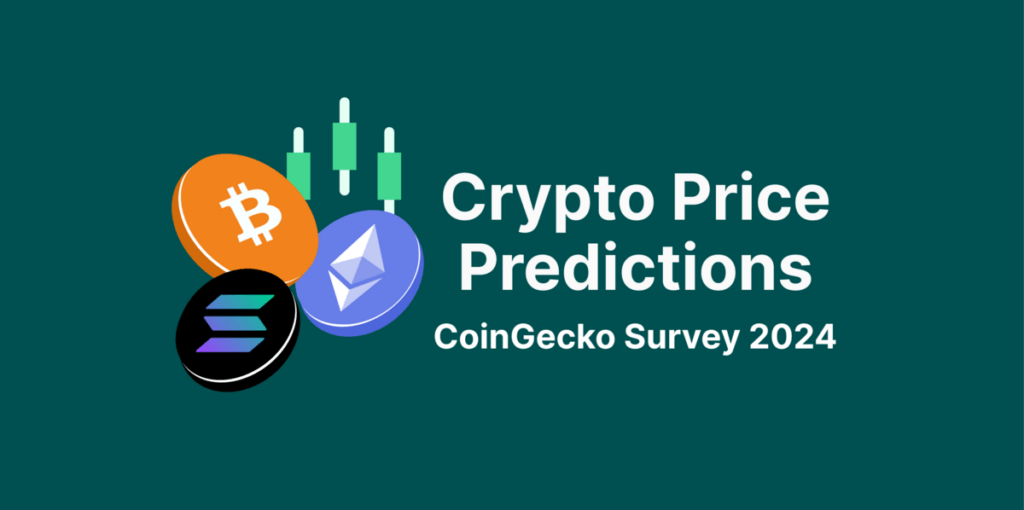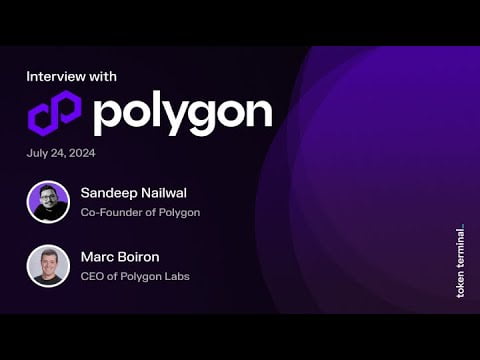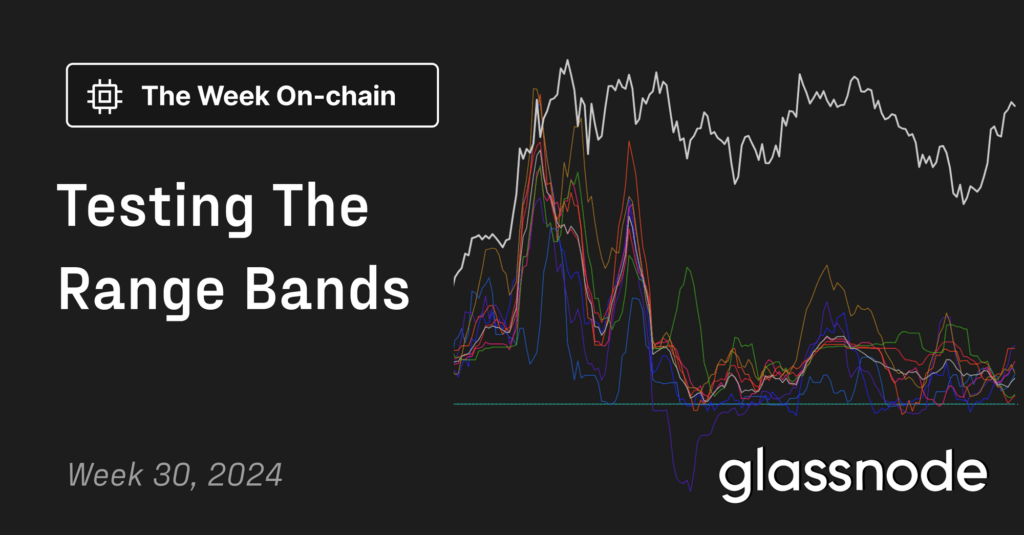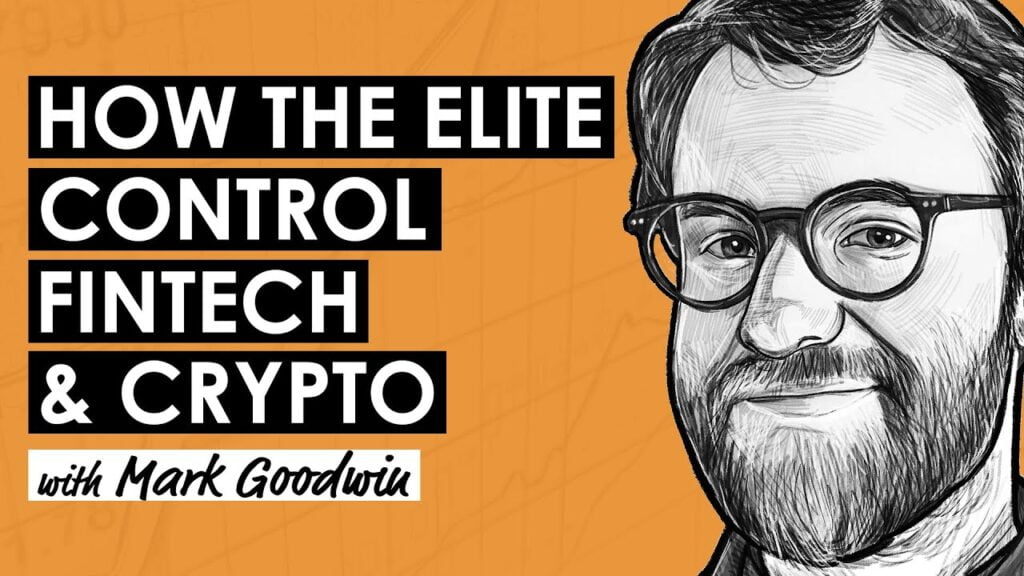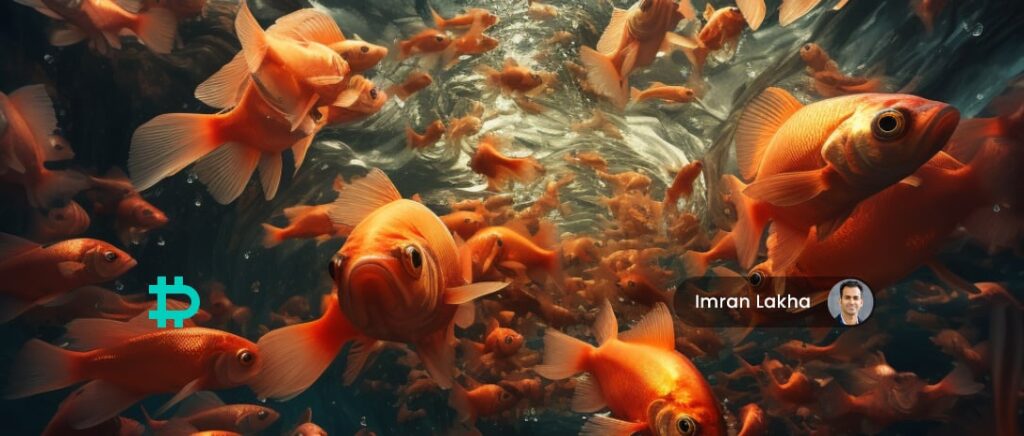Podcast Summary
This podcast episode delves into the intricacies of a proposed hybrid model of proof of stake and proof of work, focusing on subnet zero. The discussion revolves around incentivizing staking, decentralizing the network, and the potential backlash of making mining less accessible. The host also touches on the importance of user-friendly tooling and interfaces, the concept of a DAO register, and the need for a community liquidity pool.
Key Takeaways
Hybrid Model of Proof of Stake and Proof of Work
- Proposal Overview: The podcast discusses a proposed hybrid model of proof of stake and proof of work, primarily focused on subnet zero. The goal is to incentivize staking to subnet zero and lock money into the economy for stability and longevity.
- Global Incentive Ratio: The proposal includes adjustments to the global incentive ratio to make mining slightly more rewarding than validating on subnet zero. This adjustment aims to jumpstart the system, incentivize stake to move away from large validators, and decentralize the network.
DAO Register and Global Stake Update
- DAO Register: The proposal suggests implementing a DAO register where miners come in groups and validators vote for other miners, not their own. This is seen as a way to prevent self-voting and ensure fair voting rotation.
- Global Stake Update: The global stake update is mentioned as a solution to prevent self-voting and increase network safety. It is seen as an opportunity to gain time and work on subnet zero effectively.
Subnet Structure and Treasury Subnet Proposal
- Subnet Structure: The subnet structure will be shuffled around, with subnet zero becoming subnet one, the treasury subnet becoming subnet two, and the root net becoming subnet zero.
- Treasury Subnet Proposal: The details of the treasury subnet proposal were not included in the initial proposal, but technically anyone could register a subnet with the treasury address as the founder and set the fee to 100%.
Community Liquidity Pool and Quadratic Stake
- Community Liquidity Pool: The establishment of a community liquidity pool would provide leverage on the economy and allow for cooperative adjustments to the trajectory of the economy. This pool is different from the DAO Treasury as it focuses on keeping the money rather than spending it.
- Quadratic Stake: The idea of quadratic stake is brought up, which would incentivize breaking up large pools of capital and distributing rewards based on stake size.
Upcoming Updates and User-Friendly Interfaces
- Upcoming Updates: The host discusses upcoming updates to their validator, which will allow for easy voting on multiple subnets and be open source for other subnets to use. They also mention the launch of a chat interface, which will serve as a document uploader and provide access to a large knowledge base for agents.
- User-Friendly Interfaces: The lack of user-friendly tooling and interfaces is a barrier for non-technical users to participate in the network. The host acknowledges this issue and emphasizes the need for more user-friendly solutions.
Sentiment Analysis
- Bullish: The podcast host expresses optimism about the proposed hybrid model of proof of stake and proof of work, the concept of a DAO register, and the establishment of a community liquidity pool. They also show enthusiasm for the upcoming updates to their validator and the launch of a chat interface.
- Bearish: There are concerns about the potential backlash of making mining less accessible and the challenges of protocol-level implementation. The host also acknowledges issues with the current validation system and the lack of user-friendly tooling and interfaces.
- Neutral: The host maintains a balanced view on the global stake update and the shuffling of the subnet structure. They also discuss the treasury subnet proposal in a neutral tone, stating that anyone could technically register a subnet with the treasury address as the founder and set the fee to 100%.







